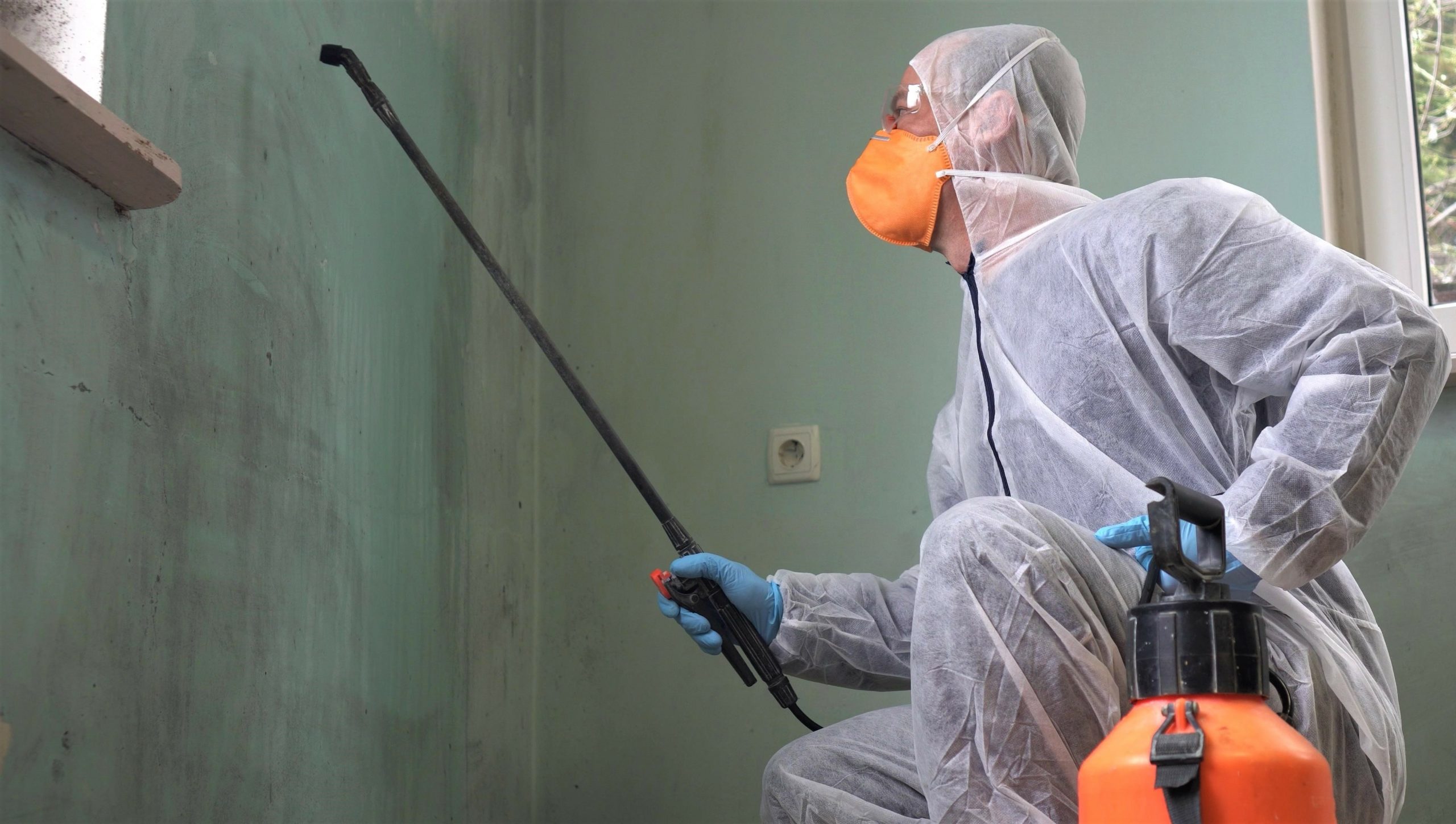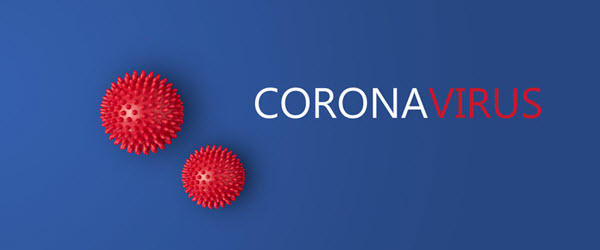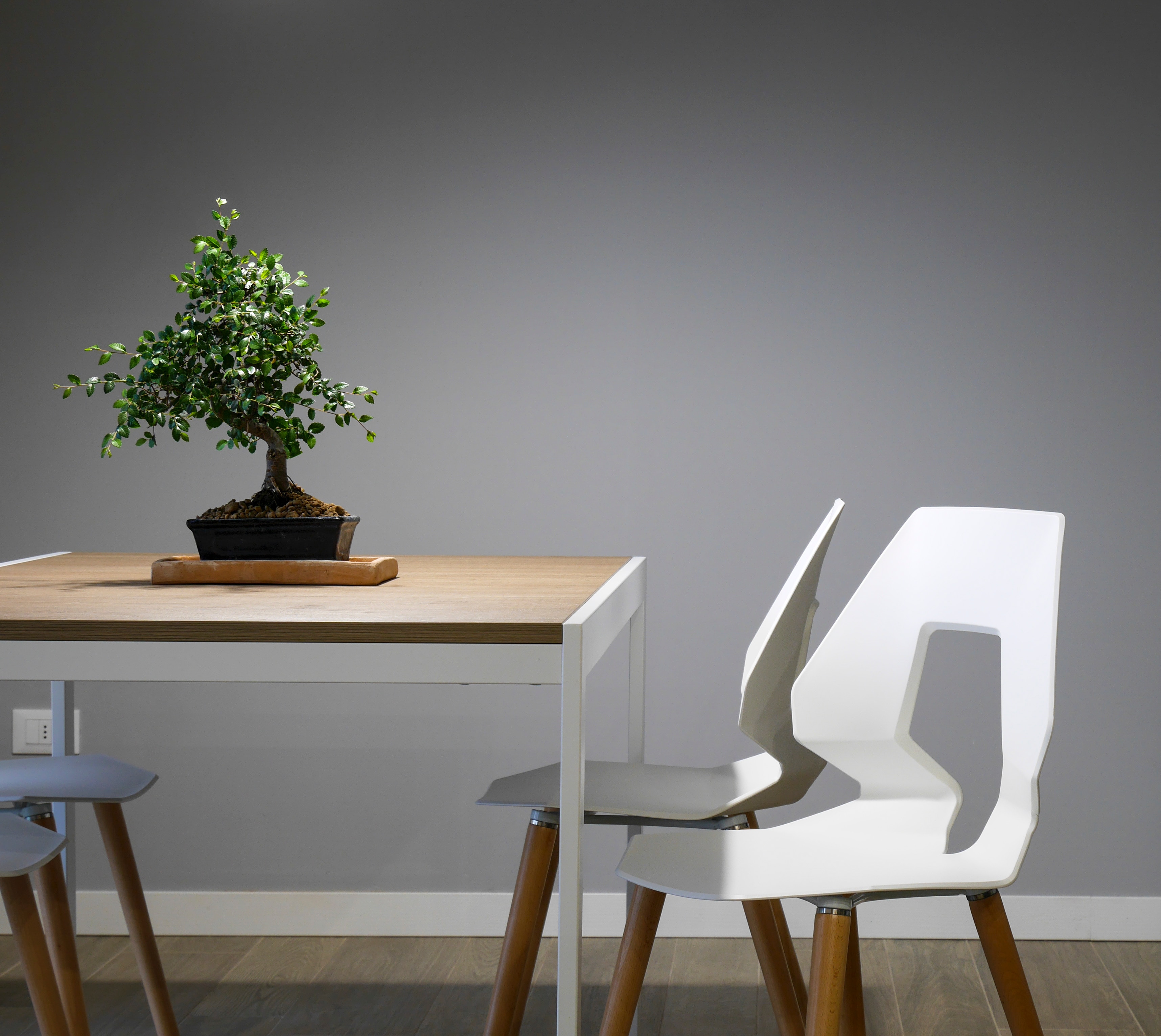Biopollutants are the most dangerous contaminants found in the indoor environment and need to be kept under control because they can lead to serious health consequences.
OK, you’ve dusted the bookcase, mopped the bathroom and wiped down the kitchen counters. Seems you’re on track to have a clean house, right? Maybe not. How much time did you spend eliminating biopollutants. Bio-what?
Biopollutants are the most dangerous contaminants found in the indoor environment and need to be kept under control because they can lead to serious health consequences.
All biopollutants are living organisms, or are derived from them, and they come in many forms. Some produce severe to mild health effects ranging from cancer, pneumonia, fever, asthma and rhinitis to membrane irritation and headache. Some common biopollutants are: bacteria (E.Coli), fungi (aflatoxin), viruses (influenza), mammals (cats), arthropods (dust mites) and green plants (ragweed).
For biopollutants to cause problems indoors, they need reservoirs, such as standing water or rotting matter, although a very dirty, neglected carpet is also considered a reservoir (just another reason to keep up with your vacuuming). Nonliving biopollutants, like mite feces (what?!), come from organisms (a reservoir), but can exist by themselves in a mattress (there’s goes our good night’s sleep).
Biopollutants also must grow or increase in concentration before they can harm people. And finally they have to be disseminated – away and a means to leave its reservoir and get to the human receptor.
For an example of how a biopollutant works, look no further than Fluffy. Cats produce an antigen in their saliva that some people are allergic to. The cat is the reservoir of the antigen. It licks its fur, and the antigens begin to amplify, or concentrate in the fur. When the cat scratches its fur or rubs against a rug or chair, the antigen is disseminated into the air where the human is exposed to it. Oh geez, so much for cuddling with the cat.
In the outdoor environment, we have little control over biopollutants, but indoors we can control their reservoirs and amplification by controlling their sources with routine cleaning and preventive maintenance.
- Control the environment – moisture and temperature – so the organism can’t grow. For example, squeegee walls and doors of showers after showering.
- Take away any foods so the microorganism will starve. For example, vacuum carpets, floors and upholstery frequently to remove dirt, food crumbs and skin cells so mites and bacteria don’t much to eat.
- Keep any organism or other pollutants away from humans. Kill it, remove it or contain it. An efficient, safe way to kill microorganisms is to use a vapor machine that uses high temperature vapor to kill germs and insects and makes it easy to remove soil from surfaces.






